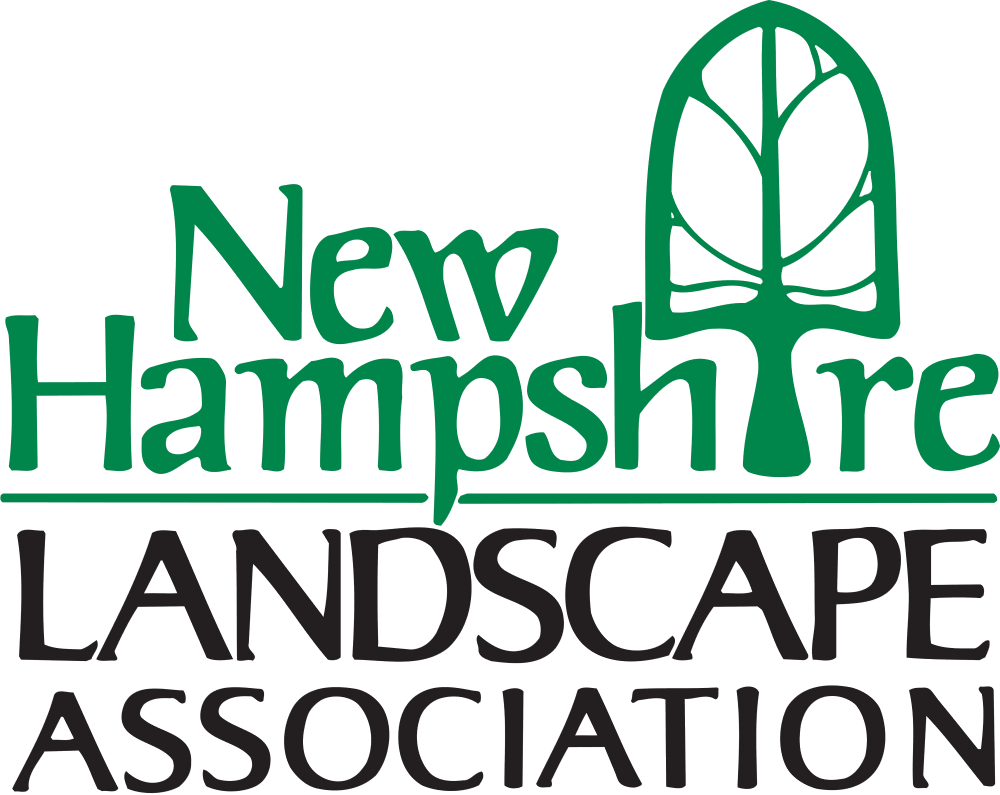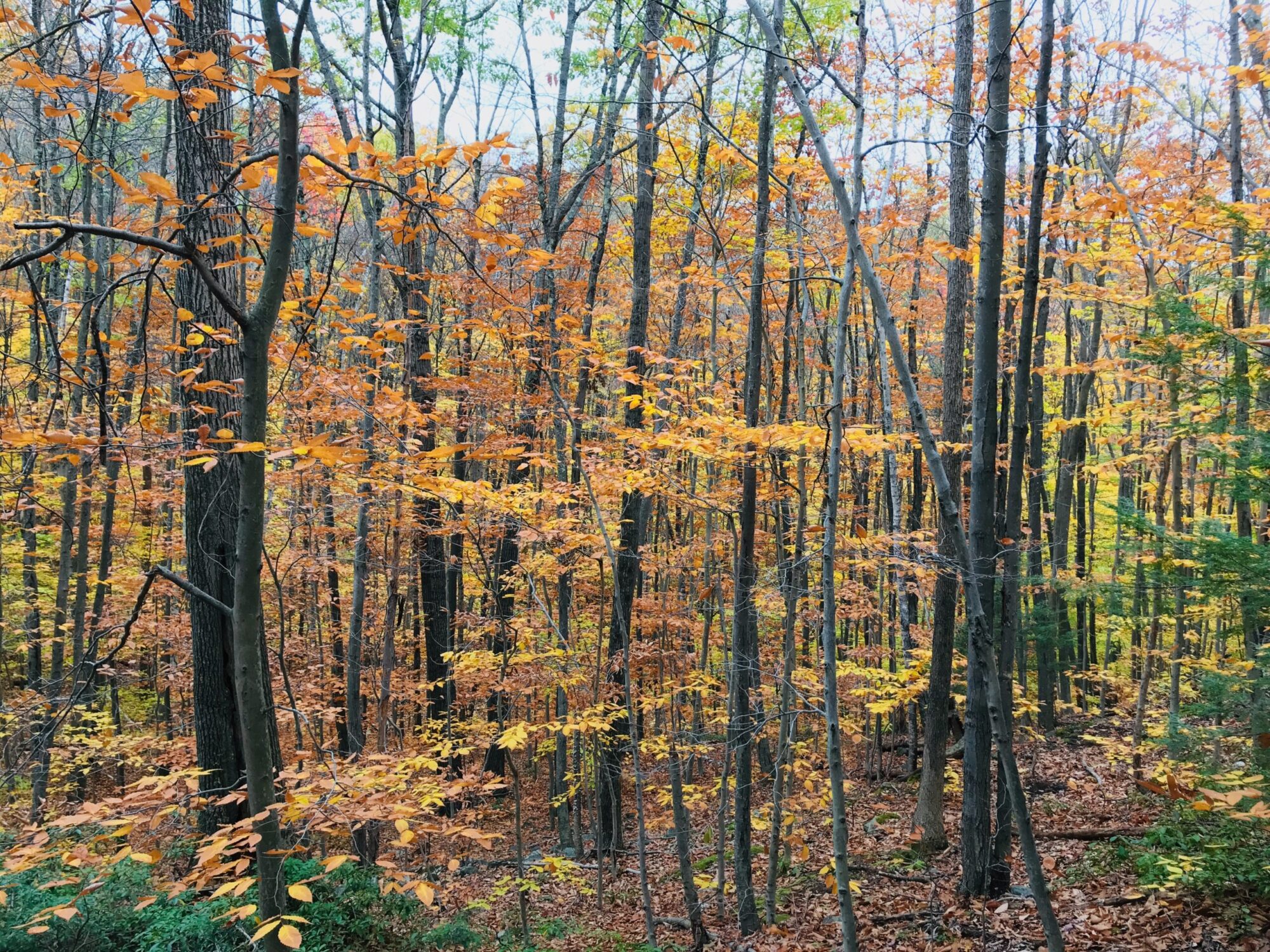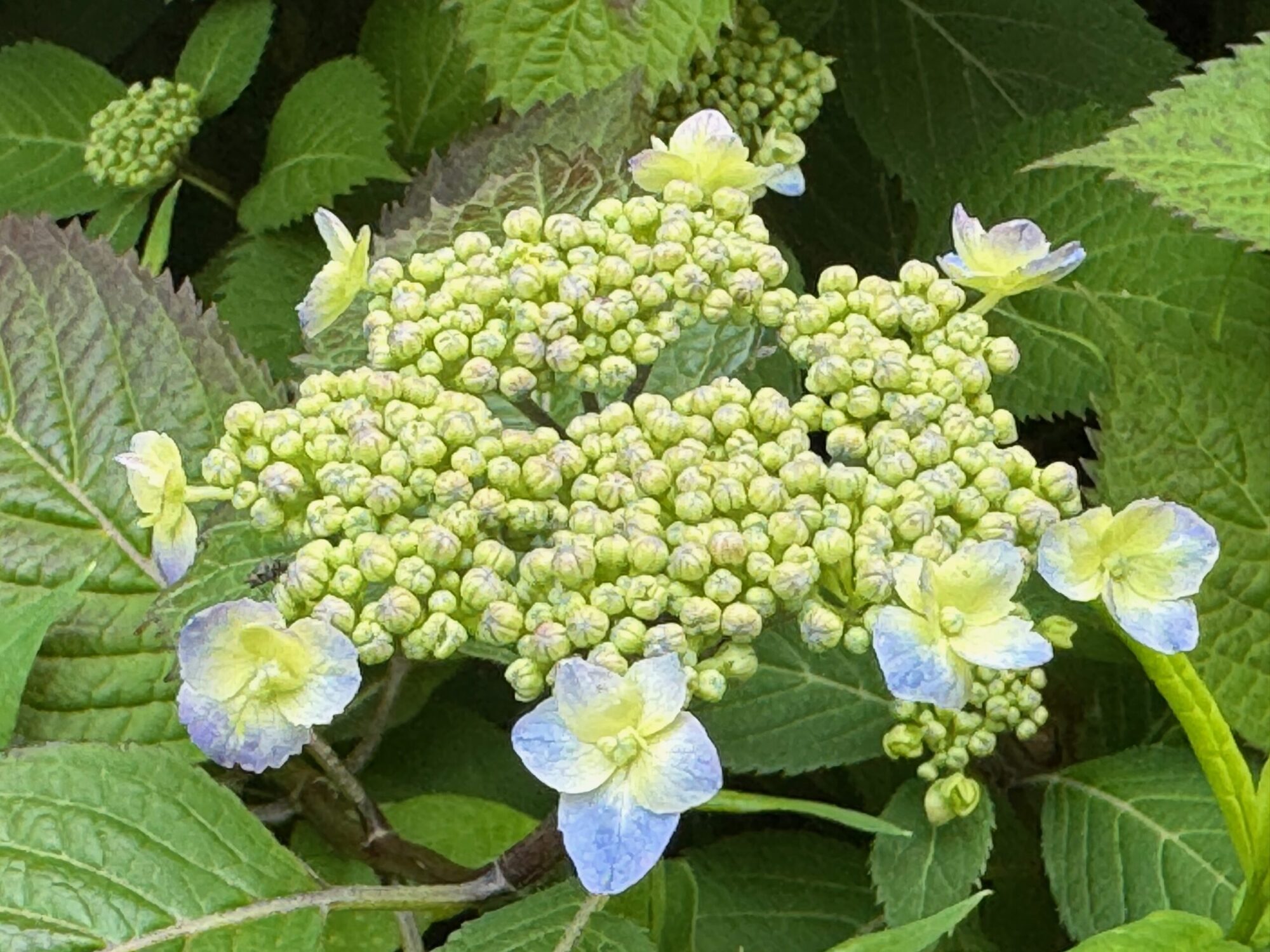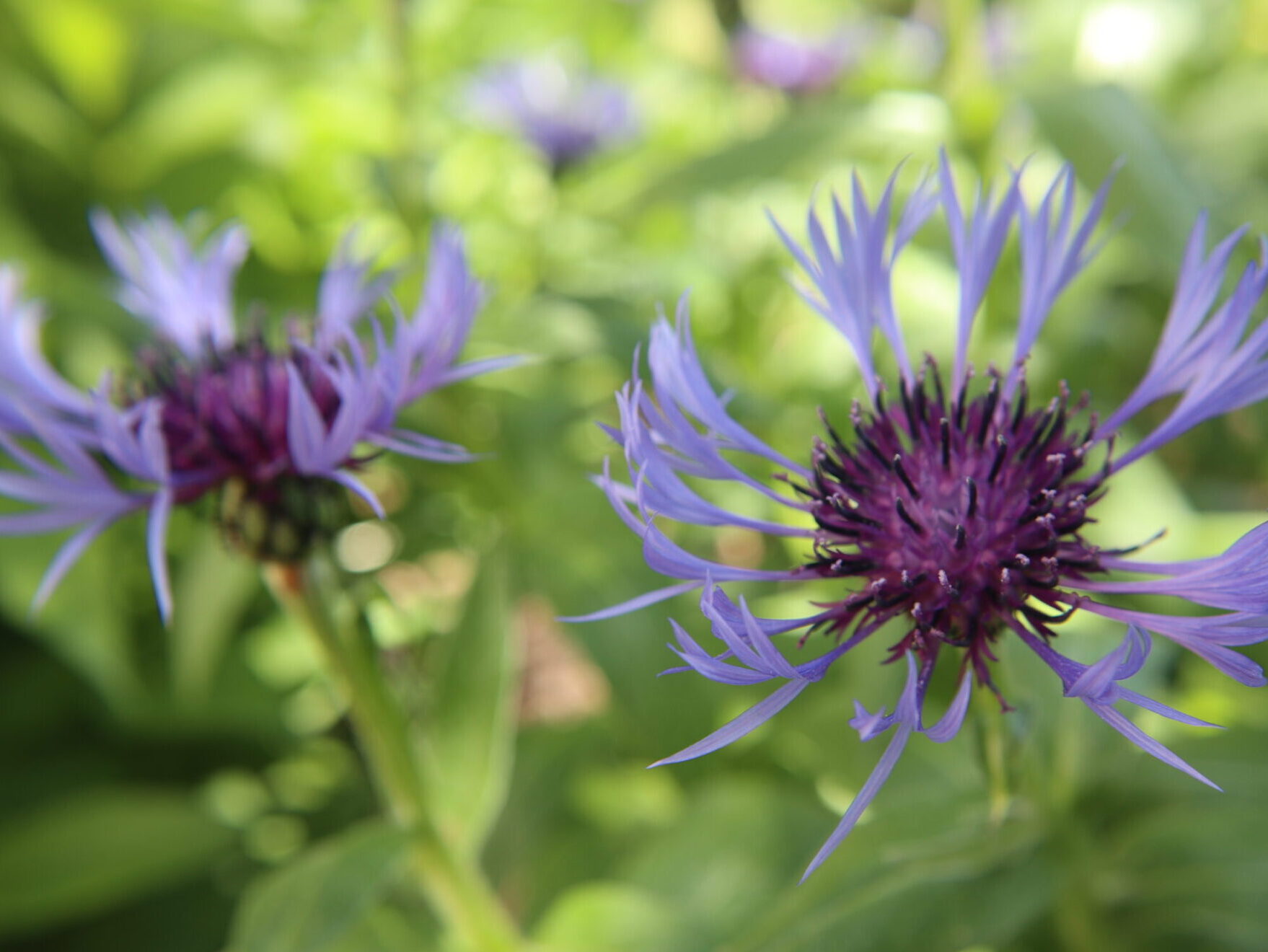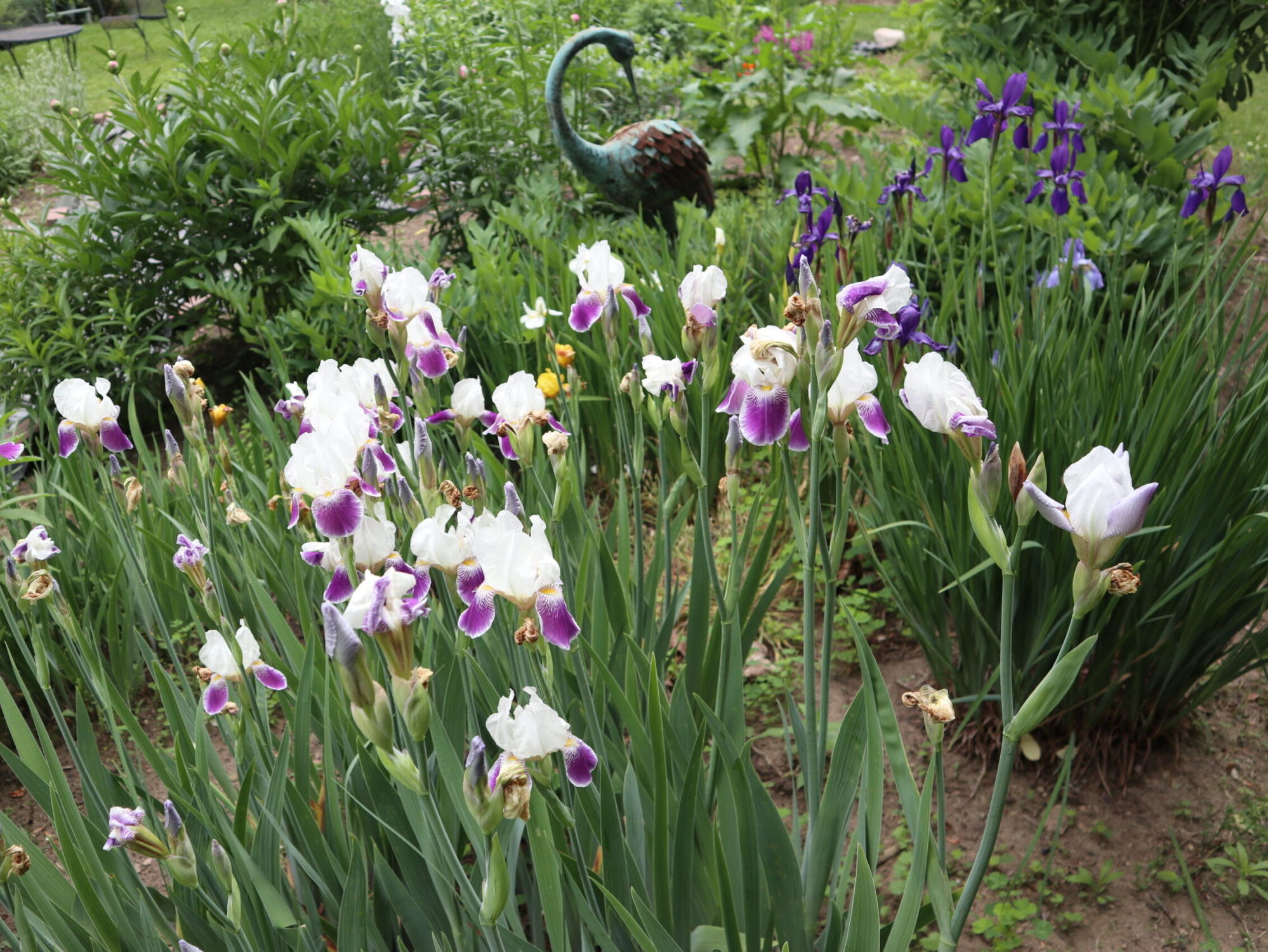President’s Notes November 2025
Carolyn Isaak2025-12-07T09:59:10-05:00December 7, 2025|
President’s Notes September 2025
Carolyn Isaak2025-12-07T10:00:36-05:00September 24, 2025|
President’s Notes August 2025
Carolyn Isaak2025-09-24T11:03:56-04:00September 24, 2025|
President’s Notes, July 2025
Carolyn Isaak2025-08-19T15:47:46-04:00July 19, 2025|
President’s Notes, June 2025
Carolyn Isaak2025-08-19T15:07:05-04:00June 15, 2025|
President’s Notes, May 2025
Carolyn Isaak2025-08-19T10:06:17-04:00May 20, 2025|
